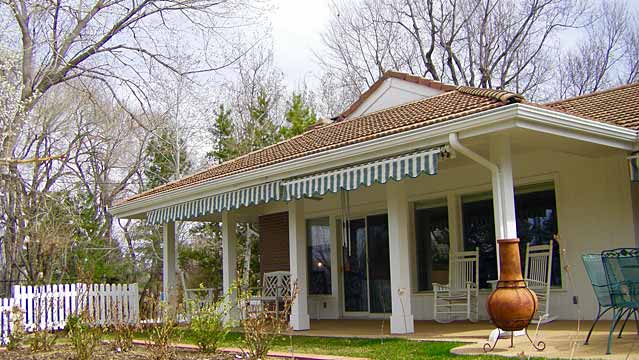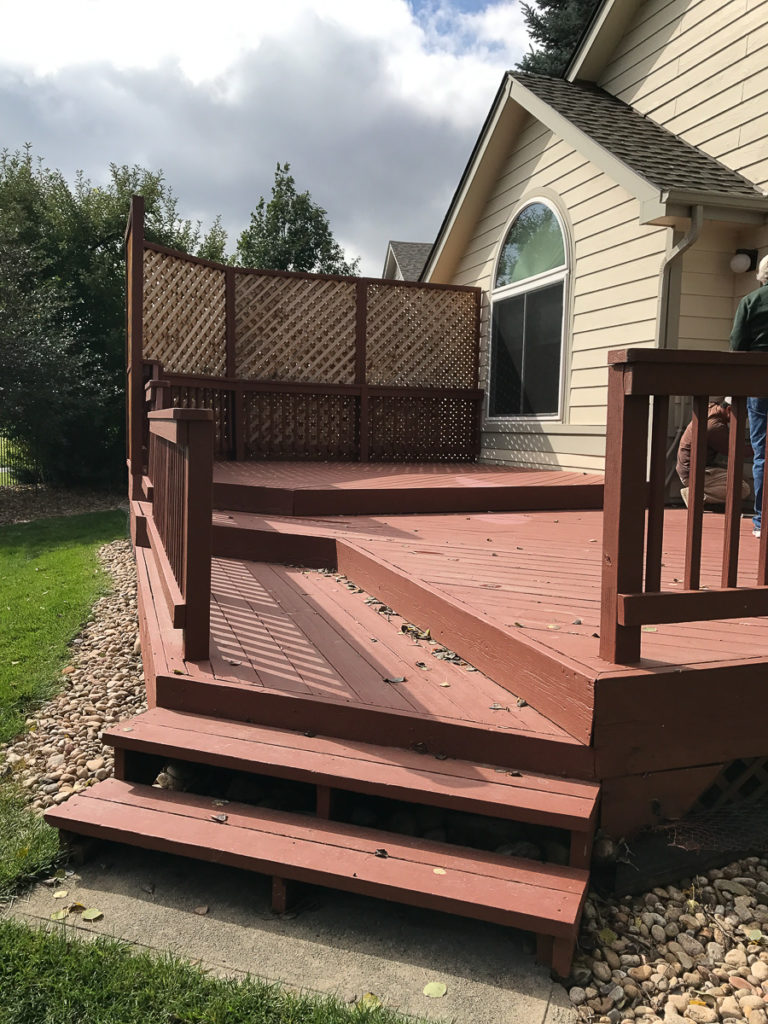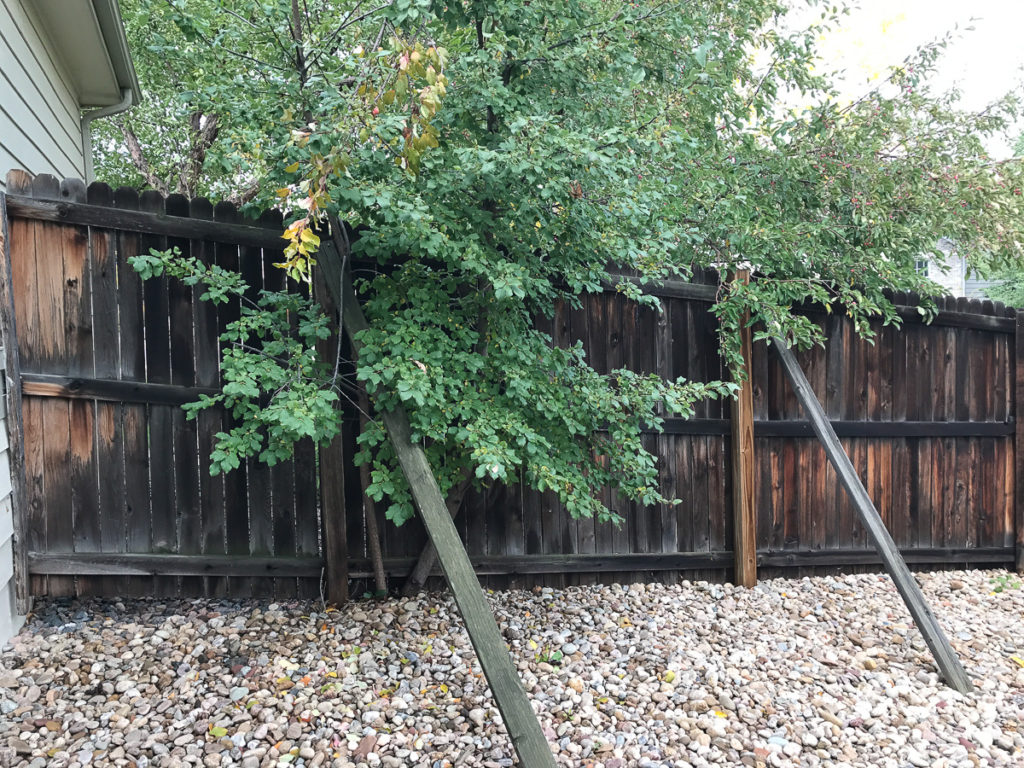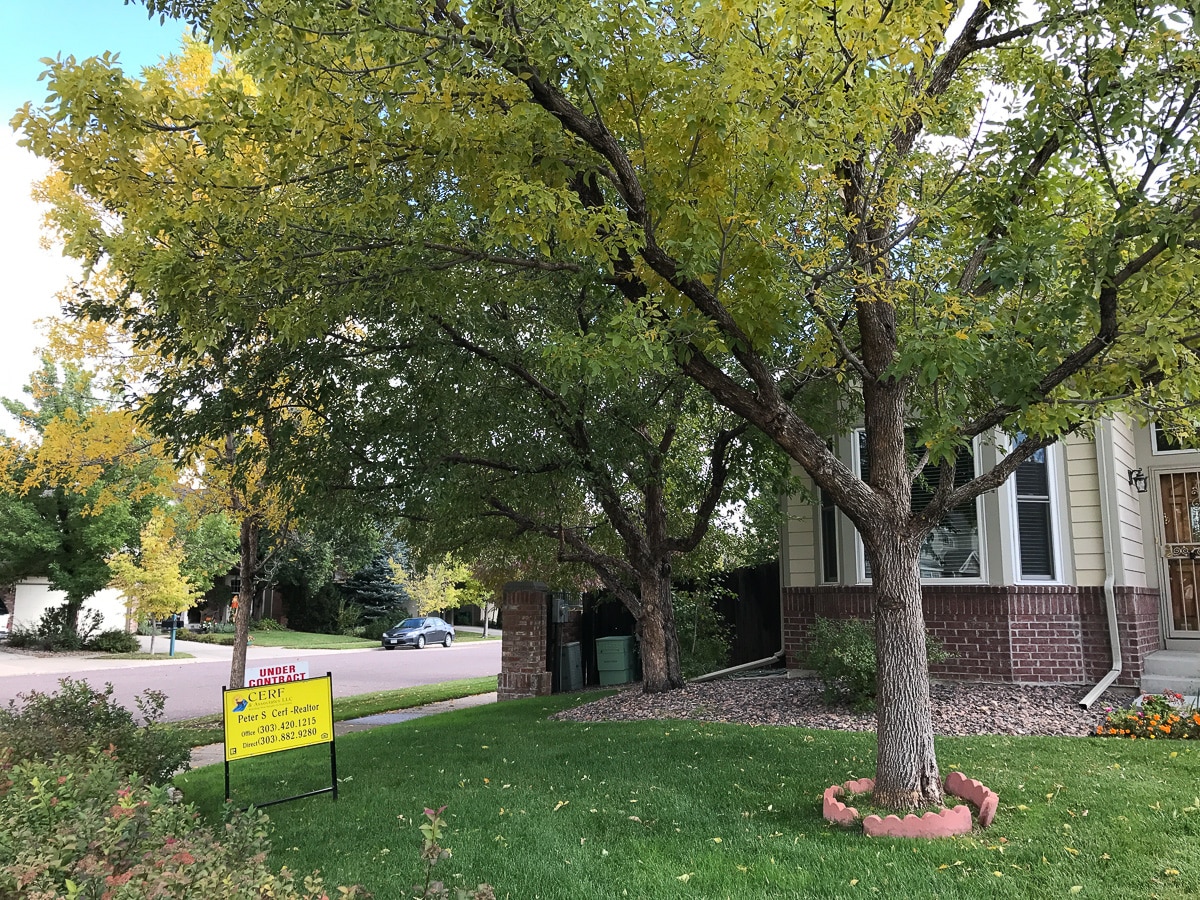Many Owners rush to spend money on improvements to their home once they have decided to put it on the market for sale. Yet, they do so without qualified, objective input.
Spend your money on what will give you the biggest bang for your buck and the highest price possible for your home.

You probably are not the right person to determine what is and what is not dated in your home. Nor should you make decisions in a vacuum about what must be done in your home vs. what you can get away without doing.
You can’t afford to rebuild your house to make it look like a brand new home. Nor can many Buyers afford the cost of a totally refurbished home. Some Buyers are totally realistic about how far their dollar can stretch, and many Buyers prefer to make some decisions for themselves about cosmetic choices. Then again, many Buyers have absolutely no imagination and can only fall in love with what they see; they cannot conjure in their mind’s eye.
How do you strike a balance? Where and how do you get qualified guidance?
The most inexpensive way to strike a balance is to get feedback from Agents you are considering to list your home. Make sure those Agents are qualified to give you this type of merchandising input. Check out their background first. Not all Agents are good merchandisers. Ask the Agents what the Listing Price and Selling Price should be with and without the changes the Agents are recommending. And ask the Agents to prioritize work they feel MUST be done vs. their wish list of what they would like to see done.
Don’t share your list with your Agents. Get their input in writing before you jump in with your own commentary. Don’t plant seeds in their heads that will cost you unnecessary money and aggravation.
Prioritize into 3 Lists:
- Priority #1 Must Do Structural
- Priority #2 Should Do Routine Maintenance
- Priority #3 Wish List

The improvements you make should pay for themselves.
Some improvements can stretch your asking price by more than the actual cost of the improvement. It takes a lot of experience to provide this guidance and make an objective assessment that gives a return on investment. And there is no substitute for experience. There is a difference between “Value Added Improvements” vs. expected “Maintenance and Repairs.
“Value Added Improvements” fall into all three categories of “Priorities” above listed.
“Routine Maintenance and Repairs” fall into Priority #1 and #2 categories. But be advised that Buyers expect “Routine Maintenance and Repairs” to be completed by Sellers before the home goes on the market. The degree of expectation and acceptance varies with asking price and marketing strategy.


Compile by priority a simple list of improvements Agents have said are a MUST, regardless where they fit in the Priority list above. Then, prioritize their Wish List. Priority is given to “Must” items; structural always take precedent. This request of Agents will also help separate the true professionals with experience and common sense over those who talk the talk but don’t walk the walk.


Buyers can overlook cosmetics. While structural issues may elude buyers at first, they may be revealed on the second visit, and almost certainly at the time of inspection. Besides, an Agent is obligated to disclose any such issues in advance or upon request.

